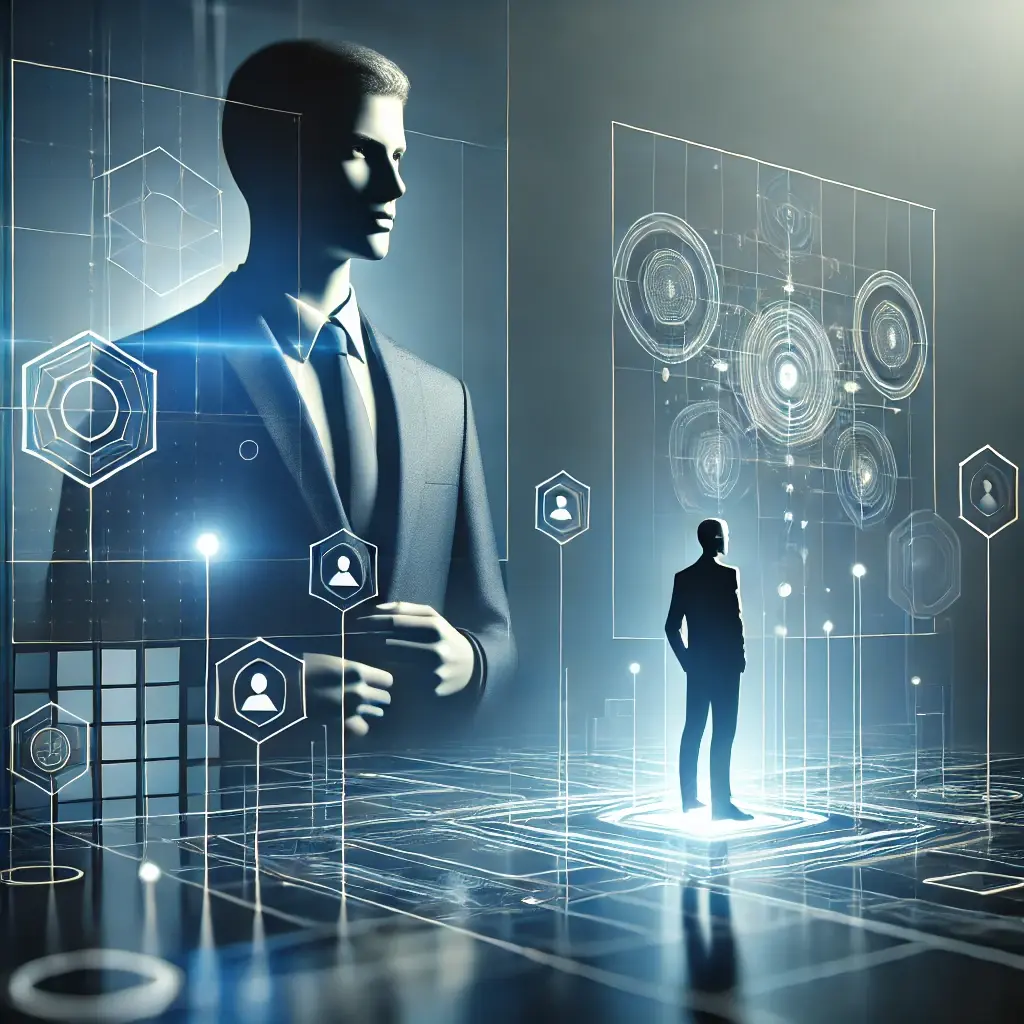In today’s hypercompetitive digital economy, your customer’s experience is your brand. Yet many mid-market companies are still running on legacy CMS platforms built for a web that no longer exists. They’re inflexible, monolithic, and disconnected from the rest of your tech stack.
So how do you keep up with rising expectations across web, mobile, chat, and emerging AI-powered channels — without burning your dev teams or stalling roadmap delivery?
That’s where Digital Experience Platforms (DXPs) come in.
In this article, we’ll break down:
- What a DXP actually is (beyond the buzzword)
- How DXPs shift the developer experience and accelerate product delivery
- How modern DXPs integrate with Azure Cloud, AI/ML pipelines, and data platforms
- A checklist: Which types of companies should already be moving toward DXP adoption
- 👉 And finally, the core question: How do you migrate without losing control over your content, team, or roadmap?
What is a DXP (Digital Experience Platform), really?
Think of a DXP as the evolution of your traditional CMS — but instead of just managing web content, it orchestrates personalized, omnichannel customer experiences using composable architecture, API-first principles, and deep integration with your existing cloud infrastructure and data sources.
Modern DXPs (e.g., Expresia, Sitecore, Optimizely, Adobe Experience Platform, etc) offer:
- Headless content delivery via APIs
- Built-in personalization engines powered by AI/ML
- Real-time analytics and journey orchestration
- Cloud-native scalability, often deployed on Azure Kubernetes Service or App Service
- Composable integrations with CRM, ERP, CDPs, LLMs, and marketing automation platforms
It’s not just about content. It’s about the experience layer — centralized control, scalable delivery, and measurable outcomes.
How a DXP changes the game for engineering and product teams
For CTOs, Heads of Software, and AI Engineering Directors, DXPs solve some very real bottlenecks:
1. Faster Dev Velocity
With a headless architecture, frontend and backend teams can finally decouple. This unlocks parallel development tracks across channels (web, mobile, kiosk, IoT) and shortens release cycles.
Most modern DXPs support JAMstack, React/Vue/Next.js frameworks, and static site generation, often with CDN integration via Azure Front Door.
2. Stronger Data Integration
DXPs allow seamless integration with Azure Synapse, Azure Data Lake, or your enterprise Data Warehouse — letting you feed customer behavior data into AI/ML models for segmentation, predictions, and personalization.
Some platforms offer connectors for Azure Machine Learning or allow for real-time inference calls from your custom models.
3. AI-Driven Personalization Out-of-the-Box
Personalized content based on behavior, location, device, or predictive analytics no longer needs to be custom-coded. DXPs enable rule-based or ML-driven personalization directly in the platform — cutting engineering hours drastically.
Example: A travel platform can serve dynamic content to a user based on weather, location, and past bookings, without writing custom personalization logic.
4. Governance & Security at Scale
When deployed on Azure, enterprise-grade DXPs support identity federation (Azure AD B2C), RBAC, and granular content permissions. For highly regulated industries, integration with Purview, Key Vault, and Defender for Cloud ensures compliance and visibility.
So… who should start the DXP transition now?
Here’s a quick diagnostic checklist. If your organization checks 2 or more boxes, it’s time to evaluate a DXP strategy:
Company Profile Checklist:
You should consider DXP if:
🚀 You serve customers across multiple digital channels (web, mobile, in-app, partner portals)
🧠 You have in-house ML/AI capabilities or plan to build intelligent personalization
📈 Your marketing and dev teams are bottlenecked by CMS limitations
☁️ You’re already invested in Azure or planning a cloud-native architecture
🔄 Your customer data lives in disparate silos (CRM, ERP, website, support tools)
🧱 You want composability: the ability to swap out parts of your stack without a full rebuild
🔐 Security, compliance, and data governance are board-level priorities
🧍 You want to reduce dependency on internal developers for every content or UX update
The Real Pain Point: Fear of Losing Control
Here’s what we hear again and again from CTOs and Product Leaders:
“What if the new platform becomes a black box? What if the marketing team pushes changes that break things? What if the vendor locks us into their roadmap?”
Valid concerns.
But modern DXPs are built with developer empowerment at the core. You maintain full control over APIs, environments, content lifecycles, and governance policies. Integration is done via your infrastructure-as-code (Terraform/Bicep) and CI/CD pipelines (e.g., Azure DevOps or GitHub Actions). You’re not giving up control — you’re re-centralizing it with smarter tooling.
You’re replacing scattered workarounds with an orchestrated experience layer.
Final Thoughts
Moving to a DXP is not just a tech shift. It’s a mindset shift — from managing content to managing customer experience. For mid-market companies aiming to scale fast without compromising security, control, or dev velocity, DXP adoption is not a luxury. It’s a competitive necessity.
And the sooner the migration begins, the sooner you can unlock data-driven personalization, cloud-scale delivery, and truly decoupled development — all while keeping your internal teams focused, not fragmented.
